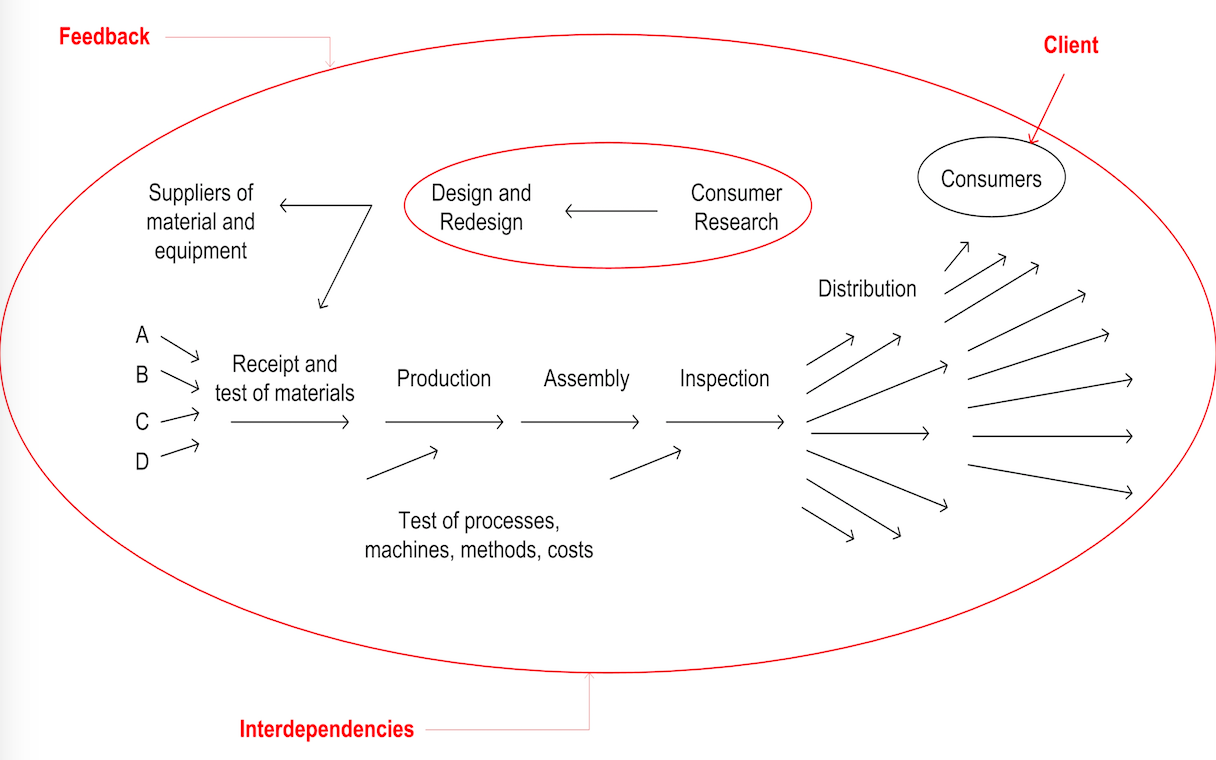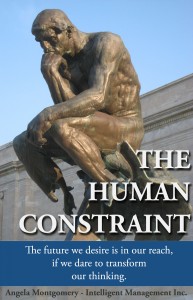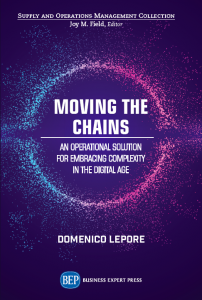
As more and more companies cope with staff working from home and the possibility that offices will never again be the way the were, the times have never been riper for a complete rethink of business management and the way we work. But it’s not enough to have interesting ideas or suggestions. It requires a methodology, tools and you need to know what you are doing and why (i.e. have an epistemological framework.) In Part 2 of this this new series, our Founder, Dr. Domenico Lepore, continues from Part 1 . Here he begins to present a completely new way of looking at an existing method for working with projects as the key to transforming organizations, away from fragmentation and silos towards working smoothly and effectively as a synchronized whole, no matter how decentralized the company may be. This has been the core of our work at Intelligent Management for the last decade.
In 1997 Dr. Goldratt Published “Critical Chain”, throwing down a gauntlet to the sleepy world of MBA programs, guilty of not being innovative enough in equipping students with truly useful (and usable) knowledge. The arena he chose this time was “New Product Development” (and the Project Management needed to bring the product to life).
Just like he had done with The Goal (Production and Logistics) and It’s not luck (Marketing, Sales and Distribution), Dr. Goldratt examines the Current Reality of Project Management, surfaces its self-limiting beliefs (Assumptions) and develops a breakthrough solution, Critical Chain Project Management – CCPM.
At the core of Critical Chain, just like Drum Buffer Rope in The Goal, there is the common sense, yet revolutionary, concept of “finite capacity scheduling”: you cannot have the same person work on two different tasks at the same time. Scheduling must be “realistic”.
Critical Chain (CC) was immediately hailed by the Theory of Constraints (TOC) community as a game changing innovation and widely regarded as a genuine breakthrough by Project Managers around the globe; however, it took several years for CC to became adopted on a significant scale. Still today, only a tiny fraction of PM professionals has a solid grasp of it.
Why?
In my opinion two main factors have contributed to the relatively limited dissemination of CCPM.
- It has always been presented as a Project Management technique and its target has been PM professionals, arguably a category with limited span of authority to influence organizational changes. And….
- Just like Quality Management, Project Management has been slotted into a “silo” (the PMO office…) and wrapped up in Diplomas and Certifications organized and administered by PMI, the most staunch denier of finite capacity scheduling (but, hopefully, persuaded that the earth is not flat and Neil Armstrong did go to the moon). Still today, PMI does not make CC part of its curriculum.
In other words: the transformational message of Critical Chain and its underpinning revolutionary approach to the management of people has been largely debased by misleading communication and commercial interests.
A New Perspective for Business Management
By the beginning of the new millennium, every single element of knowledge needed for management to evolve into a legitimate social science (not unlike Economics, Sociology, etc.) were in place, published and available internationally. Both Deming and Goldratt had laid out Theory, Principles and Methods to guide management from the quicksand of empiricism (“Let’s try something and see what happens” – I don’t really know what I am doing) to the safe shore of epistemology (“If I do this, I expect that to happen” – I have a Theory and I seek its realm of validity through planned experiments). Foundational to this new perspective is the understanding that an organization is a system, as Deming began explaining as far back as the 1950s. To paraphrase Deming:
An organization is a system; a network of interdependent people and resources working in processes and projects to achieve a common goal.
Deming depicted this with his diagram ‘Production Viewed as a System’ that we have represented below.

Moreover, some management thinkers in universities around the globe were beginning to point out the fallacy of prevailing management methods, almost invariably based on cost accounting type considerations. The overarching theme of “Complexity” was beginning to raise its head and, starting from the 9/11 tragedy through to the 2007 financial crisis and the 2020 pandemic, the world has increasingly had to come to terms with it.
OTHER ARTICLES IN THIS SERIES:
- Deming, Goldratt and Critical Chain – the Pillars for Transforming Management and Organizations Today
- A New Perspective for Business Management
- Solving the Core Problem that Prevents Companies from Achieving Sustainable Growth
- How to Scale a Business Sustainably
- The Key Ingredients of an Organization Redesign for Complexity and Speed
- How to Improve Company Culture and Performance with a Transformation Based on Competencies
- Transforming to an End-to-end Operating Model with a Whole System Technology
- Scheduling a Project – the Most Critical Activity for Every Business
Contact: intelligentmanagement@sechel.ws
SCHEDULE AN INTRODUCTORY CALL WITH US ‘







Leave a Reply